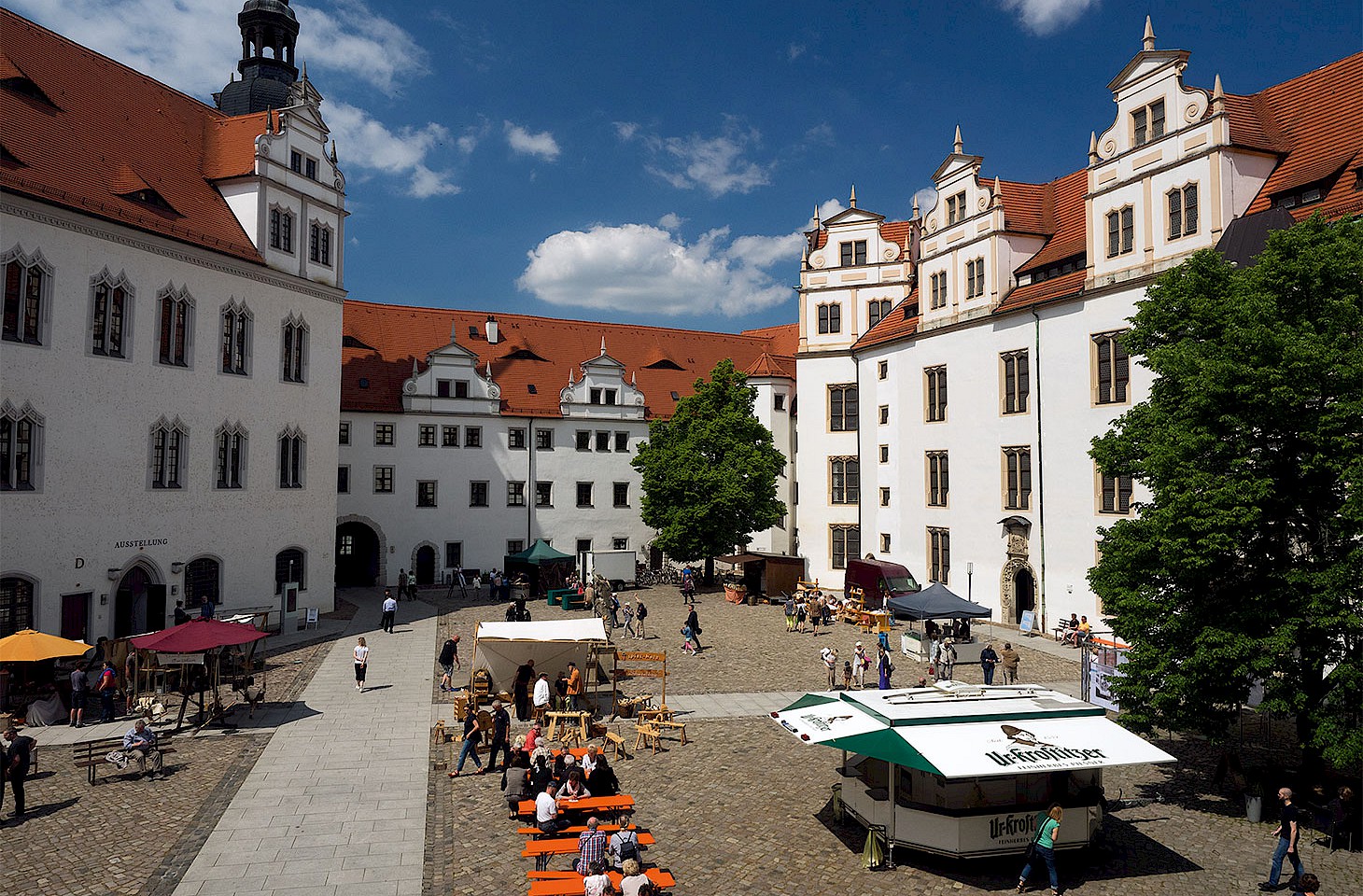photos by Andoni Lubaki
The boat is far from any water. It is set in a neatly roped-off area in front of a simple restaurant. It is a traditional fishing boat, with a red wooden hull and blue gunwales. It’s just the kind of vessel that Basque fishermen might have used as they ventured out into the waters of Biscay in search of a good catch.
But we stumble upon the boat in Figarol, a tiny village located in the barren southernmost tip of Navarre. The closest port is Pasaia on the Basque coast of the Bay of Biscay, about 150 kilometres away to the north.
The boat gives a gentle hint that Figarol might be somewhere special. That there is a settlement at all here in the semi-arid scrublands of the Bardenas Reales is itself remarkable. There’s not a lot of human habitation in these eroded badlands. The owner of the fishing boat is María Ángeles Gascón, and she is rather proud of the fact that she is exactly the same age as the village where she lives.
“Figarol was officially set up in April 1962 and I was born in August of that year,” recalls María Ángeles, as she stands on the deck of the boat. She has a broad smile, her features shaped by the sun and the stubborn north wind, akin to the mistral, which in these barren lands they call cierzo.
Figarol, a community in the wilderness, is a fine surviving example of General Franco’s agrarian colonisation programmes of the 1950s and 1960s. Some of the 300 villages created in that period have simply been abandoned. But life goes on apace in Figarol, a place in the desert where every aspect of the community’s 57-year history has been well documented in photographs and written records. In Figarol, some of the first generation of settlers are still alive and some, like María, are very happy to talk about their lives in their extraordinary community in the outback.
The Figarol narrative is captured in a sculpture in the middle of the village’s main street. It was erected in 2012, the half-centenary of the community’s foundation. On a pedestal, a humble-looking couple, both evidently peasants, stare at the horizon with a mixture of curiosity and determination. That image — charming, heroic and yet laced with a certain sadness — reflects the hopes and fears of the 60,000 families who over a 20-year period moved from their homes to shape new lives in one of Franco’s colonización settlements.
The majority of those who arrived in Figarol in 1962 came from the nearby village of Carcastillo, on the south flank of the Aragón Valley about eight kilometres north-west of Figarol. Elsewhere in Spain, the scale of displacement was much greater with many settlers travelling long distances to their new homes.
Most of those who moved to the new planned agrarian settlements were landless labourers fleeing misery in their crammed carts, carrying the few belongings they could bring with them. “People poorer than rats,” says María Ángeles of those who moved from Carcastillo to Figarol.



